It has been pouring here, off and on, for the last week. We seem to have a river running down the middle of the street and matching tributaries by each curb. I’m sure that the sewer system is struggling to keep up with the onslaught. Having seen the applicator trucks throughout the neighborhood the last few weeks, I am also sure that the sewer system is being inundated with toxic chemicals and eroded soil. This problem could easily be changed. Simply by rainscaping, or making water-focused adjustments to the landscaping, the amount of stormwater runoff could be significantly decreased, leading to a healthier water cycle.

According to a description provided by the Metropolitan St. Louis Sewer District through their Project Clear, rainscaping is using a variety of “simple techniques to manage and filter water where it falls – the way nature intended.” Incorporating rainscaping into the landscape provides incredible benefits for the homeowner and for the community. It helps reduce and/ or eliminate potentially harmful stormwater runoff solves drainage issues, conserves existing soil, reduces outdoor water consumption, lessens air pollution, creates wildlife habitat that promotes biodiversity and cuts down on the number of mosquitoes breeding in the area.
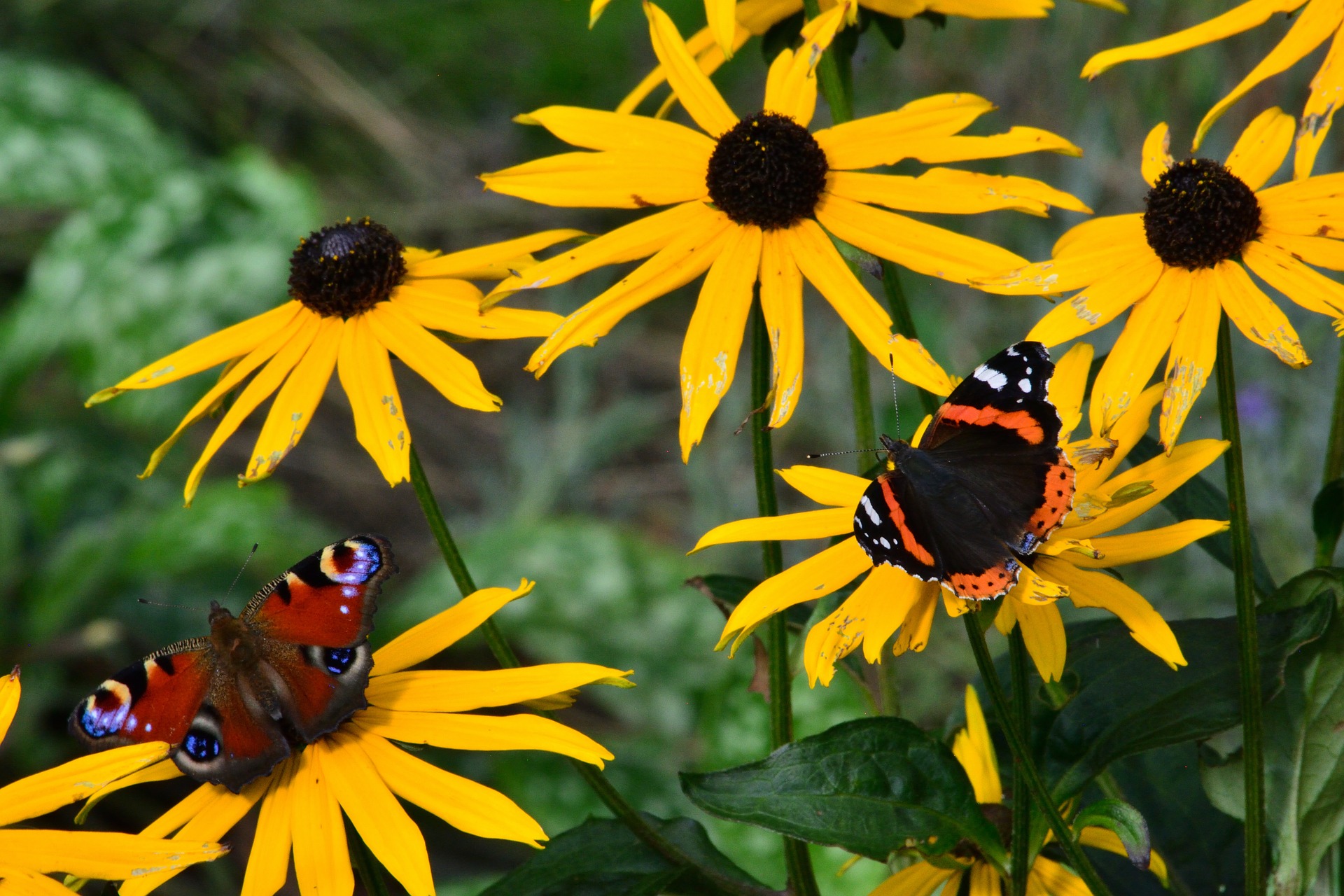
With such an extensive list of important benefits, one would think that introducing rainscaping into the existing landscape would be a complex and complicated project, requiring major renovations to the current design. Fortunately, that isn’t the case; a survey of the existing yard can identify which areas are potential places to introduce one or more of the rainscaping elements. The Missouri Botanical Garden’s website has an excellent flowchart that guides homeowners through the process of deciding where to begin implementing rainscaping options. The website also has a wealth of related information. (http://www.missouribotanicalgarden.org/sustainability/sustainability/sustainable-living/at-home/rainscaping-guide.aspx)
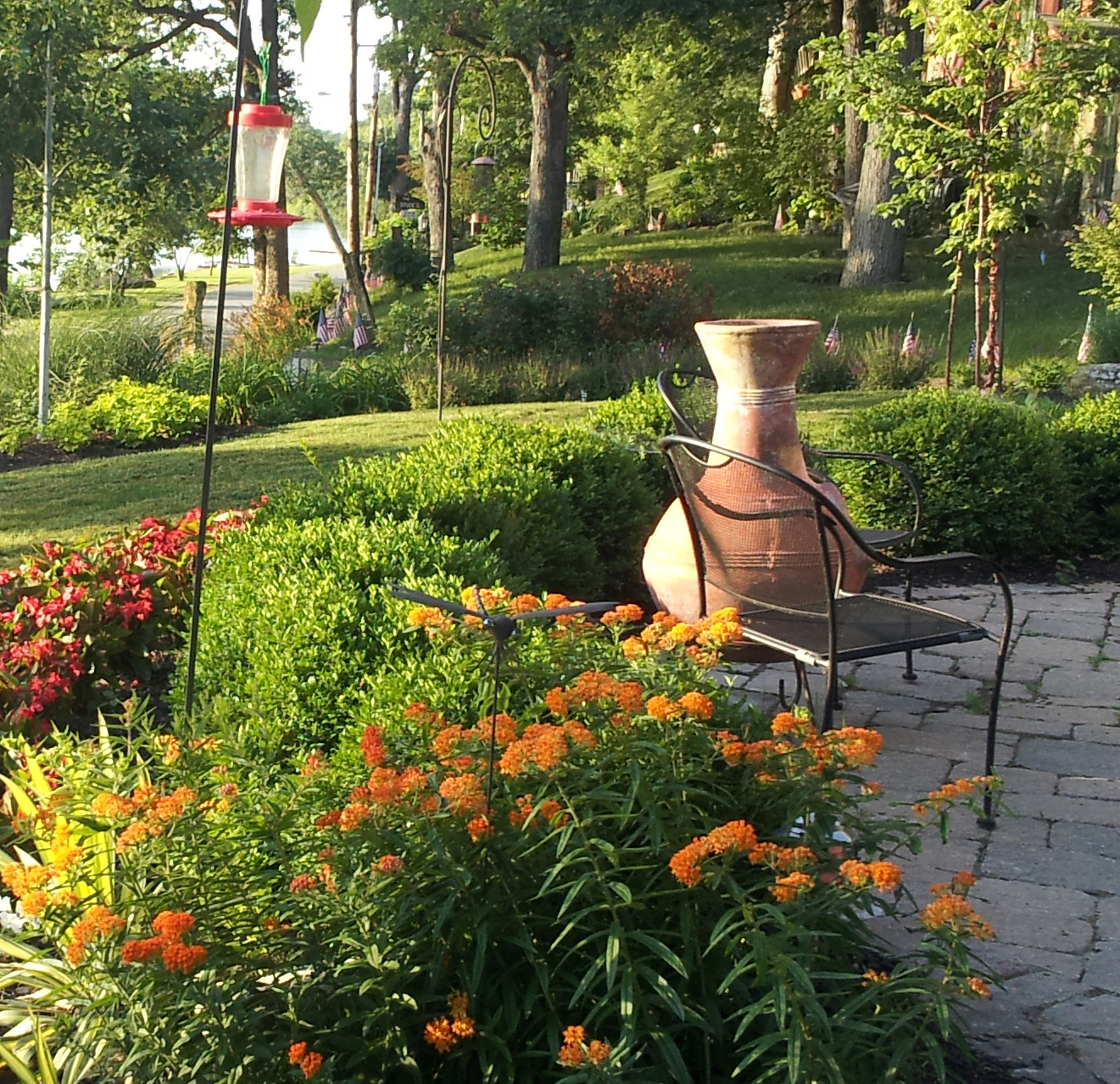
Just as there are many benefits to rainscaping, there are also multiple techniques that can be utilized, including: installing rain gardens, reducing turf areas, amending soil, bioswales, planting buffer zones, using permeable pavements and rain barrels. Adding trees and other woodland features are also an important part of rainscaping. Each individual change, no matter how large or small, begins to immediately improve water quality and management.

Creating a detailed site map or survey of the property, especially one which includes the topography and centers on water management, is an excellent tool to determine exactly what problems exist. Looking at an overall picture instead of focusing simply on one problem at a time, often highlights ways to coordinate solutions more effectively. Utilizing the services of professional designers to survey and plan can also identify hidden problems that you may not immediately recognize.
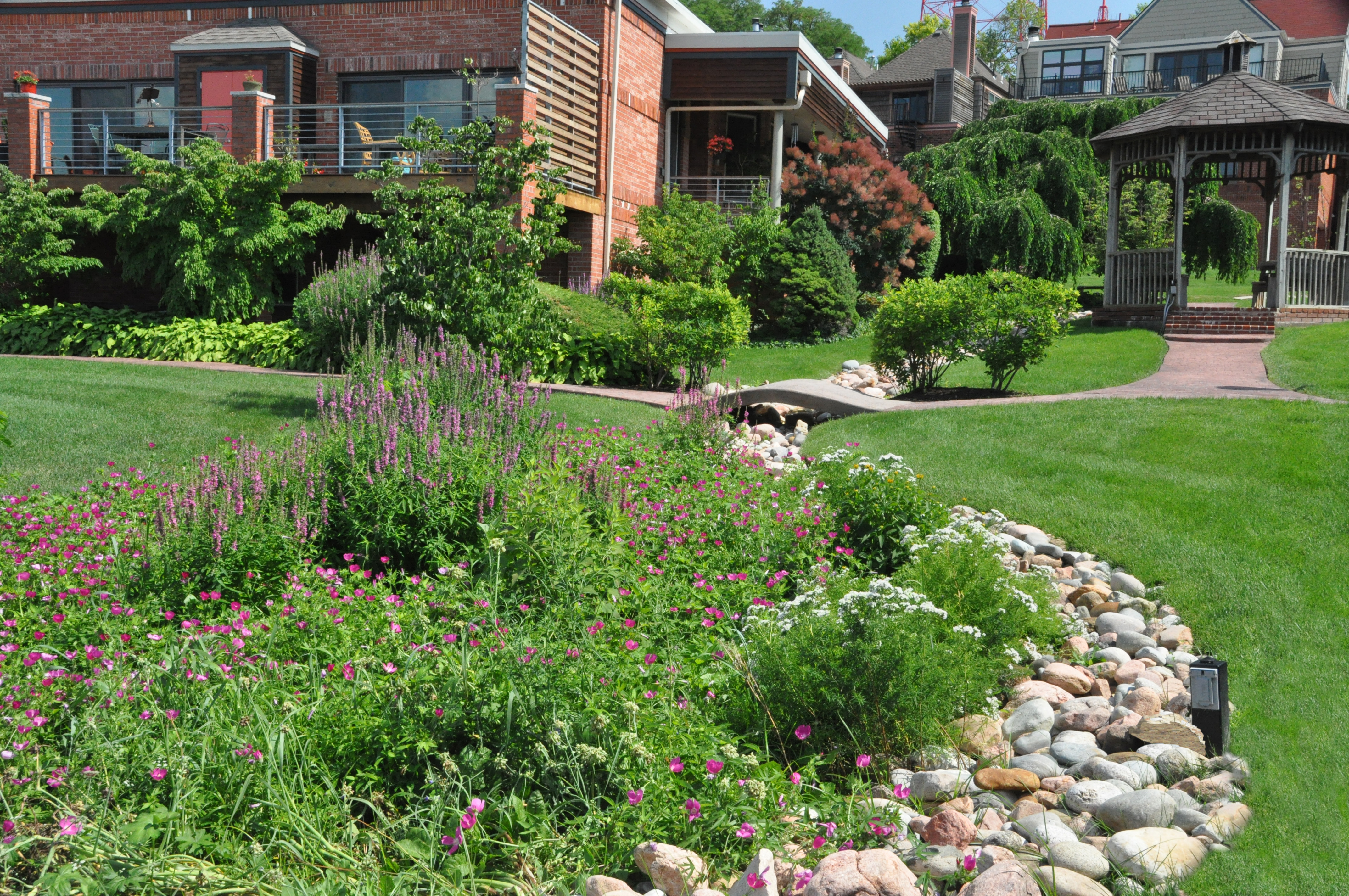
Of all of the rainscaping alternatives, rain gardens are one of the most versatile. They not only allow water runoff to naturally evaporate into the air and percolate into the ground, but they also are attractive wildlife habitats. Since they feature native plants that are adapted to local climate conditions, they are easy to maintain, usually requiring virtually no watering or chemical applications of fertilizers or pesticides. Finally, a well designed rain garden can be a beautiful addition to your yard. Their reliance on native plants gives a sense of place and connection to those who view it, and as an added bonus,they add winter interest to the landscape, giving natural beauty to a normally stark time of year.
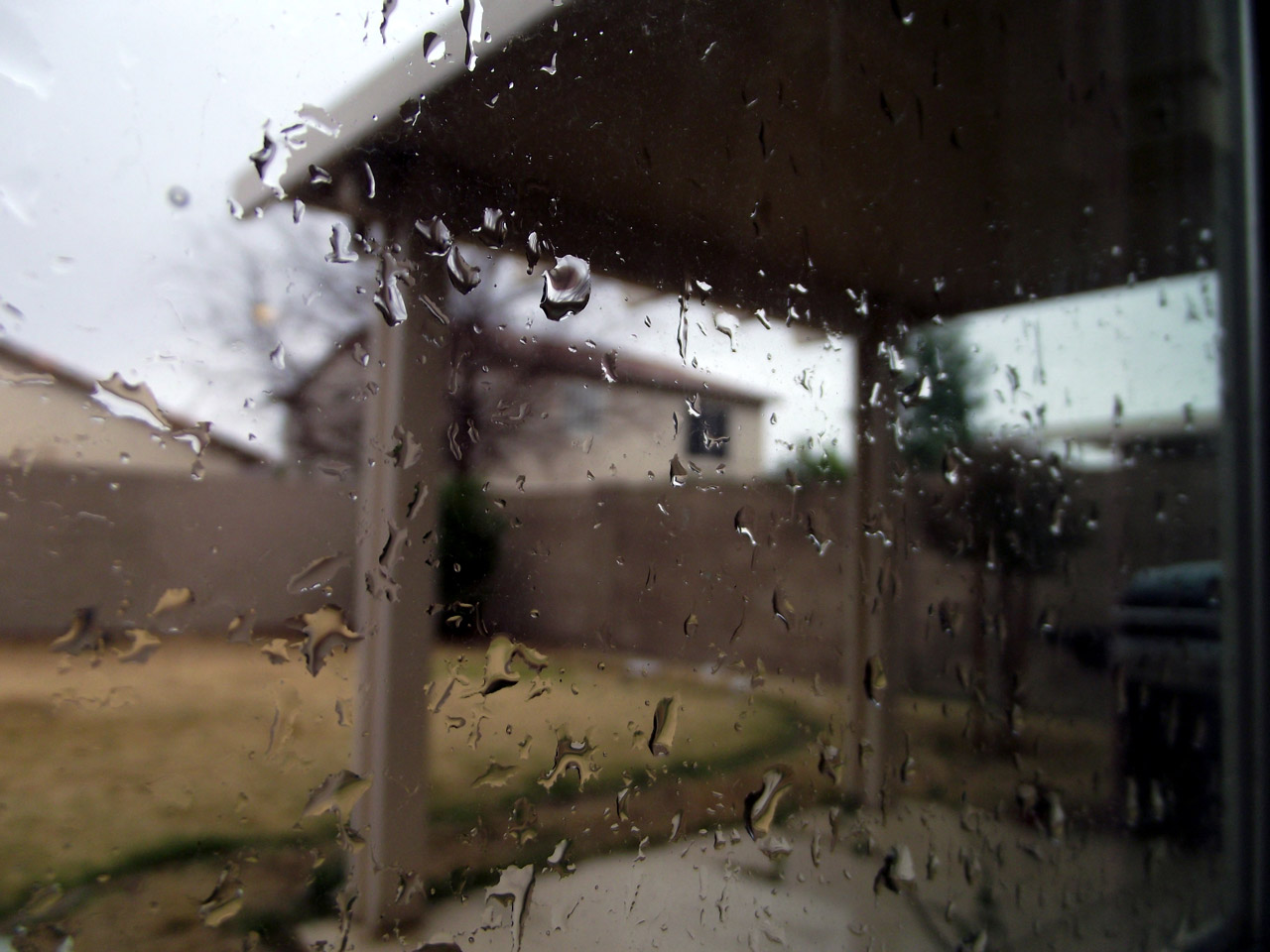
Rain gardens are good choices for low spots that typically hold standing water. They should be located at least 10 feet away and downhill from any buildings to avoid moisture problems in basements or to foundations. Placing rain gardens in full or partial sun is usually recommended, but they can also be designed for shaded areas. Since residential runoff can come from roofs, driveways, sidewalks and even mowed turf, it’s important to consider those square footages as you determine the size of your bed. The size of the garden should be about 20% to 30% of the area of the runoff, so if you have 400 square feet in the drainage area, then your garden should be between 80 and 120 square feet. If your space does not accommodate the optimal size garden, consider creating a series of smaller rain gardens connected by open, planted channels called bioswales.
Once the location and size have been determined, kill out any grass or weeds in the garden’s location. Although you can use a chemical product to remove vegetation, a more organic way that the area can be cleared is by laying black plastic over the area for a few days.
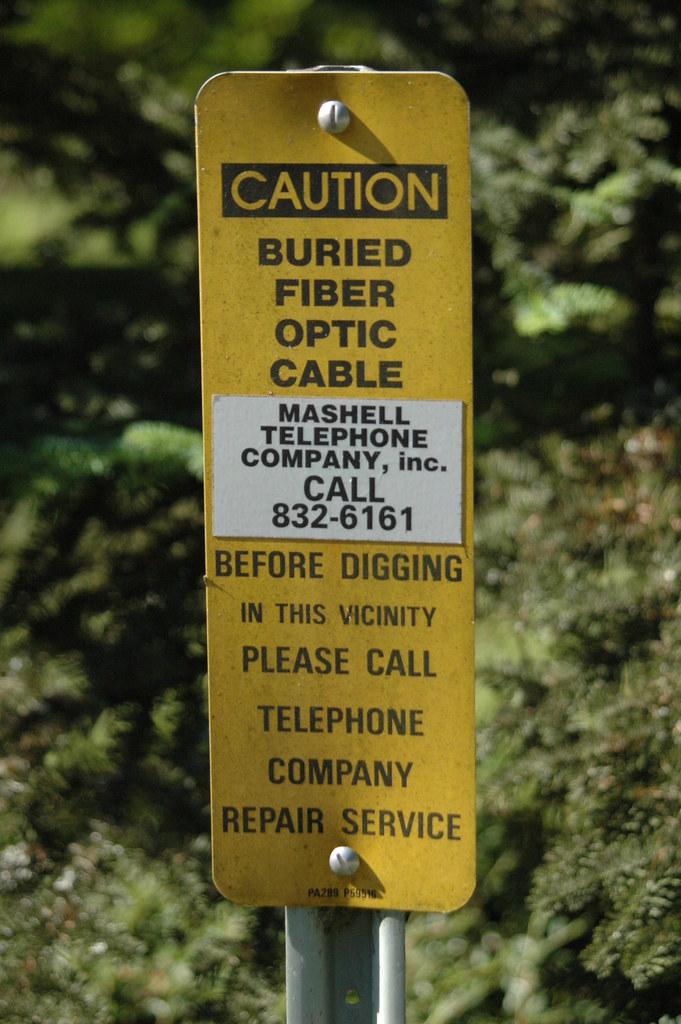
Once the area is stripped of vegetation, then experts advise the soil be tested for its ability to efficiently drain. Dig a hole that is about 12 inches deep.( If you have underground utilities, PLEASE call for locate service BEFORE you dig!) Fill the hole with water and let the water drain. Once the hole has completely drained, then fill it with water again. The second time, the water should drain at a rate of at least ½ inch per hour. If it drains at a slower rate, then you will need to improve the soil by amending it after you have dug the bed but before you begin planting.
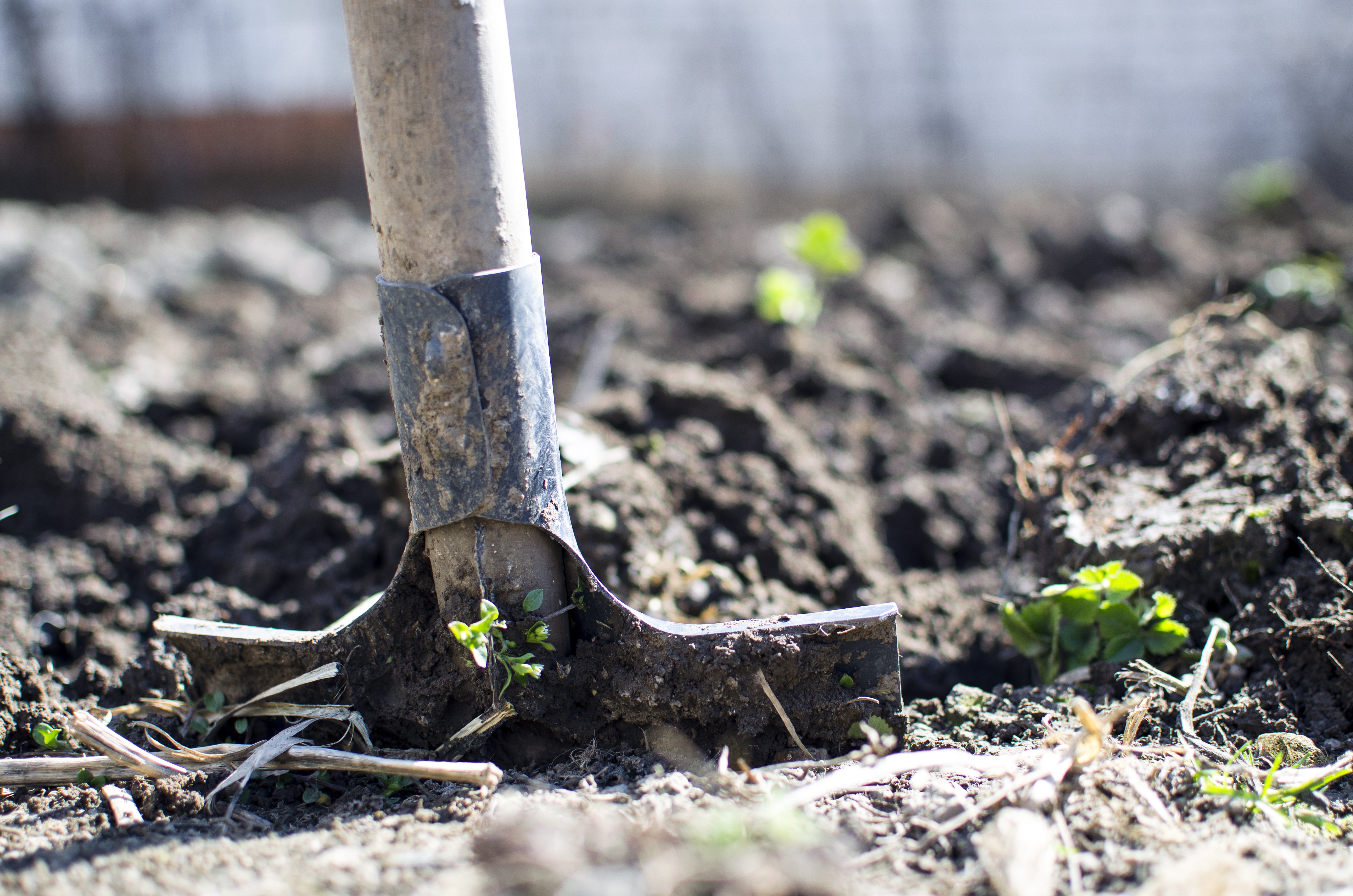
To amend soil that does not drain properly, remove the soil to twice the actual depth of the garden. If your garden will be 6” deep, then dig down 12”. Fill the bottom half with a mixture of sand, topsoil and humas. The sand should be about 50% of the mixture and the topsoil and humas each 25%. If the soil is heavy clay, make sure that you add both the topsoil and humas at the same time you add the sand. Sand alone in heavy clay will result in a concrete-like substance that will not absorb water.

A well-designed rain garden has several zones that help it to efficiently and effectively handle stormwater runoff. The lowest point of the garden, where the water collects and stands until it drains is called the Settling Basin. It is a level area, usually about 6 – 8” deep and will remain the wettest after a rain. Plants and soil here act as filters to help naturally clean the water.

The area around the basin is the transition zone. It encompasses the upper and lower slopes of the depression as well as the bioswale and has the purpose of moving water towards the basin. Because it is a sloped surface, the transition zone will dry out more quickly than basin.

If the rain garden is installed on a slope, it will need a berm on the downhill side to capture draining water and hold it in the basin. Soil from the garden’s excavation can be used for the berm, or other natural materials can be used for aesthetic purposes. Berms often have small notches cut into them to act as overflow outlets in case of extremely high water after a heavy storm. The spillway should direct the excess water towards the traditional sewer system.

Rain gardens are typically designed using native plant materials. Although natives are less likely to need the pampering that ornamentals do, it is still important to select the right plant for the right area. For example, plant material in the basin area must be able to tolerate occasional “wet feet,” while slope plants may need to tolerate somewhat drier conditions. The Missouri Botanical Garden’s website has a thorough listing of rain garden plants appropriate for both wet and dry area. After planting, mulch the bed with untreated hardwood mulch to protect the soil from eroding.Newly planted beds will need to be regularly watered until they become established. Once they begin growing, regular watering isn’t necessary unless there is a dry spell.
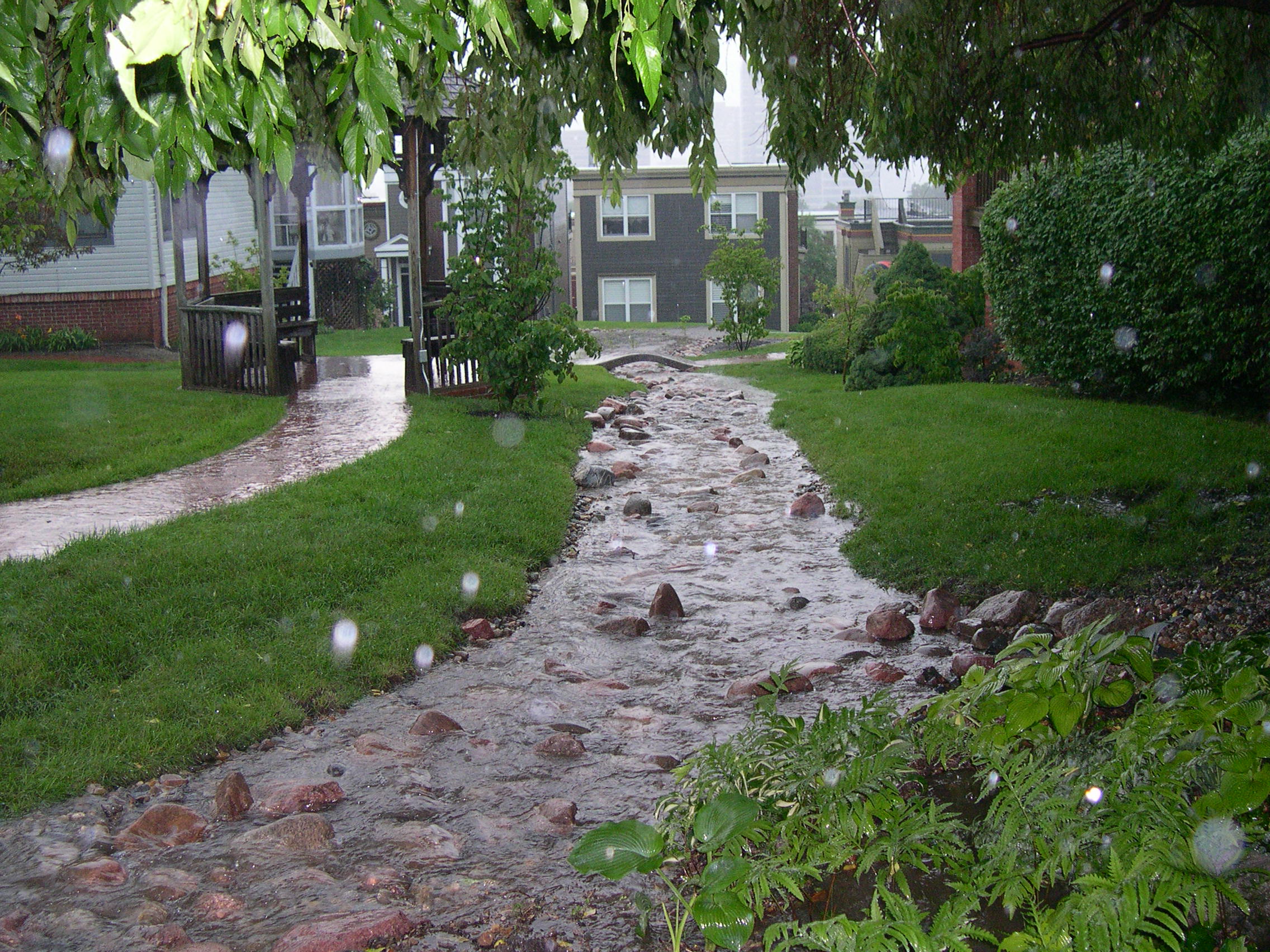
On average, here in Missouri we receive between 36 and 46 inches of rainfall per year. According to Penn State Extension Service, “1 inch of rain on a 1000 square foot roof yields 623 gallons of water.” 36 inches of rain on that same roof would yield 22,428 gallons of runoff or the equivalent of about 224 full bathtubs! That is an enormous amount of stormwater runoff pouring onto our lawns, driveways and sidewalks. A rain garden can absorb as much as 30% more water than the same size lawn area. Given these numbers, it seems to me that rain gardens are just the right thing to do.

The design staff at Embassy Landscape Group are experts at designing and installing rain gardens that are both beautiful and fully functional. Give them a call today; let them give you the perfect rain garden for your property. You’ll be glad that you did — and so will the planet!
